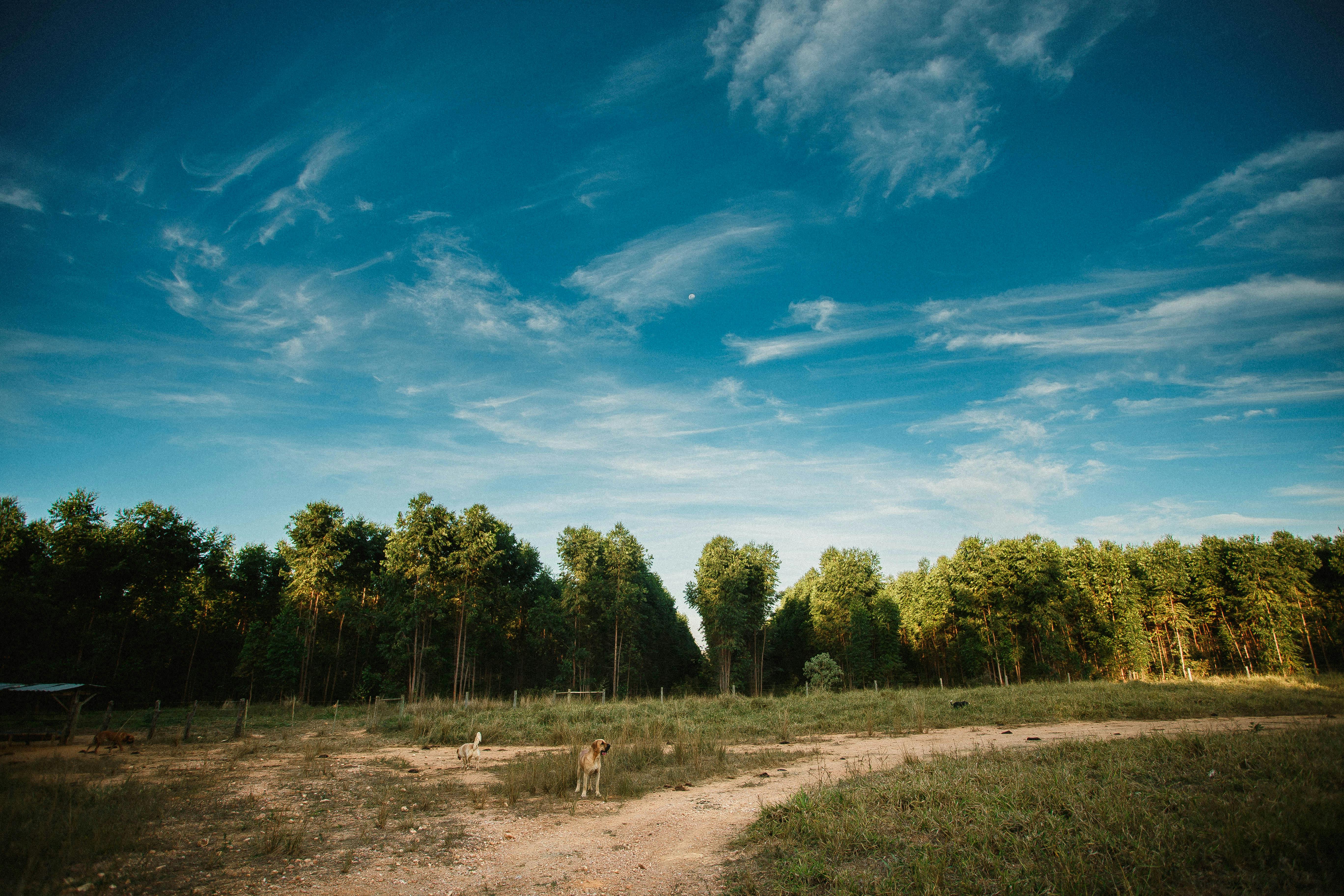Keeping finches as pets have a long history of domestication. Anthropologists tell us that around 12,000 years ago, early humans began taking wild animals out of the wild and keeping them close by, most likely for use when food was needed. For many generations these ‘wild’ beasts were domesticated. It is very likely that this domestication occurred because the animals themselves developed their flight response and became quite comfortable with humans.
Being what we are, self-centered and all, it seemed that we were gaining some kind of control over these animals when, in fact, they were more and more willing to live in peace with us. Camping dogs became pets just like other ‘domesticated’ animals such as small cats. Birds were not far behind and quickly became the favorite pets of humans.
Birds, it seems, have always fascinated us. Their daytime antics, color combinations, and songs are clearly of great interest to us. Birds were revered as deities in many cultures. In many cultures, birds of all kinds began to be kept as pets, not to eat but to enjoy.
Keeping finches as pets seems to be a latecomer to the pet bird mix. Evidence of keeping finches as pets dates back some 2,500 years. Today, finches, along with parrots and parakeets, lead the pack in terms of cage birds kept as pets. While finches do not sing as melodiously as other songbirds—in fact, their song is often described as a crackling screech—their coloration and activity more than make up for this lack of song.
Finches are quite social and generally non-aggressive. They are reasonably easy to care for and breed reasonably quickly and fairly reliably. Some varieties are quite sensitive to changes in temperature, while others are plentiful and seem to be bothered by nothing but extremes.
Finches as a species appear to have evolved about 30 million years ago, near the end of the Miocene period. Most of the finches kept as pets today are from the family Estrildidae, one of three families of birds designated as finches. Distinguishing features are found primarily in the number of primary feathers and nest-building activity. The Estrildidae finches have ten primary feathers, while their close cousins the Fringillidae only have nine. In the construction of the nest, the former share the tasks of building the nest and incubation and in the latter, only the female is in charge of the tasks of building the nest and incubation.
Finches make attractive pets. Their antics, short flights, beautiful colors (even on dull finches), and constant song make these birds a joy to be around.
